Pigeons favor industrial facilities for nesting because these locations suit their nesting and breeding needs. Most industrial facilities have flat roofs and exposed interior beams, ideal for pigeons to call home. Living there allows pigeons to breed without interruption, as getting rid of them is challenging.
The presence of many pigeons poses a health hazard to industrial facility employees. Their waste can block gutters, parapets, and hopper heads, leading to water damage or destroying fence planters by pooping. This fecal matter facilitates the growth of decay organisms. Ladders, scaffolds, and fire escapes might become coated in pigeon feces, becoming slippering when exposed to water. Pigeons often take flight, startling workers and leading to unnecessary workplace accidents. Here are ways to get rid of pigeons at industrial facilities:
Repelling pigeons
A common method of getting rid of feral pigeons is using pigeon repellents. Pigeon populations have gotten out of control because they breed continuously in the favorable conditions large buildings provide. They will resist attempts to eliminate them, making repellents an attractive option.
Pigeon repellants include audio devices that emit sonic sounds the birds find annoying or frightening. These noises are not audible to the human ear. Audio repellents plug into a regular electrical socket. When choosing a model to purchase, building owners should look for devices that cover large areas or buy more than one to place strategically around the building.
Another repellent that works well is gel placed along metal rafters indoors. It makes surfaces slippery, rendering them impossible for pigeons to land on. However, the challenge with these repellents is they need regular monitoring and reapplication. They should also not be used on surfaces where workers will encounter them as this could cause an accident.
Prevent landing
One of the most convenient ways to get rid of pigeons is not to give them anywhere to land, not even your beautiful garden. Once pigeons find a comfortable surface, they build a nest and breed. Pigeons will take the hint and find somewhere else to go if they do not have somewhere to land.
Landing prevention techniques include stainless steel spike strips placed across surfaces. The alternative is netting spanned across larger surfaces. It comes in different colors, with the opaque version being the least obvious. Both options are versatile and work on small, large, flat, or curved surfaces.
Building owners should ensure that all surfaces are covered when using spikes or nets. Even the slightest gap will encourage pigeons to continue nesting on them. They should also be inspected regularly for damages requiring immediate repairs or replacement. Installation at large buildings is best left to professionals to avoid accidents.
Disrupt reproduction
One of the most effective methods for getting a pigeon population under control is preventing them from breeding. Unlike pigeons in the wild, feral pigeons breed almost continuously. Each pair will have at least six broods consisting of two chicks annually. Once the pigeons from those broods start reproducing, the numbers become exponential.
The feral pigeon’s breeding cycle can be disrupted using birth control bait. It allows pigeons to continue mating, but the female lays eggs that never hatch. It is introduced to the pigeons as part of a daily feeding routine. Pigeons are creatures of habit and will report to a location at a specific time if they know someone will feed them.
After introducing the bait into their feed incrementally, building owners will see a marked decline in their pigeon population. When used correctly, a population will reduce by up to 50% within the first year.
Nest destruction
Pigeons are far more intelligent than people give them credit for. However, even they know when they have been defeated, and it is time to seek a new home. Returning to their roost to discover that their nest was destroyed is a way to accomplish this. It will take time before these wily birds give up. They are not diligent nest builders and will reconstruct a home after its destruction.
However, if having their homes removed becomes a frequent occurrence, they will seek accommodation elsewhere. Building owners who opt for nest destruction need to make it a regularly scheduled activity.
Anyone tasked with destroying nests should wear protective gear. Pigeon dander lines these nests and contains mites and other organisms harmful to humans.
Visual deterrents
Like most birds, pigeons do not like sudden movement and light refracted off shiny surfaces. Therefore, using pieces of aluminum or steel that catch the sunlight will unsettle pigeons, causing them to look elsewhere for a home.
Old CDs work well as visual deterrents when hung on strings to swing around in the breeze. It creates the perfect storm of movement and light for pigeons, frightening them away.
Pigeons have natural predators, such as owls, foxes, raccoons, and snakes. Industrial building owners who attract owls to their premises see a decline in pigeon numbers. The alternative is installing animatronic models of natural predators that mimic their movements and sound.

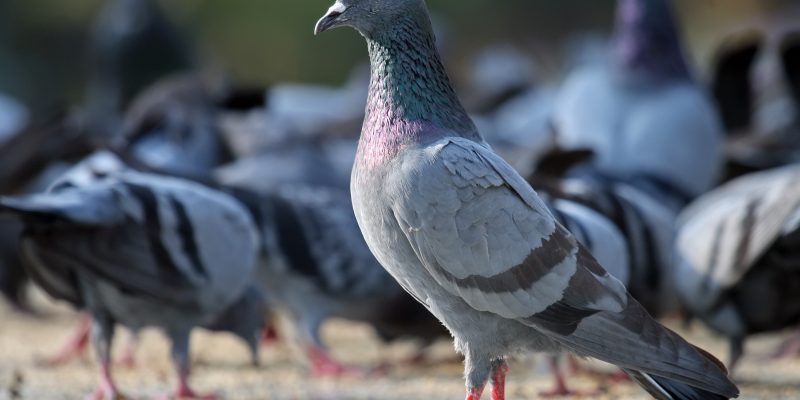
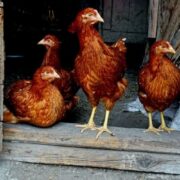




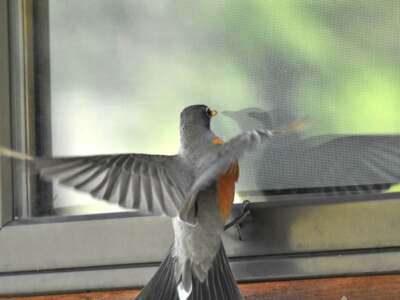

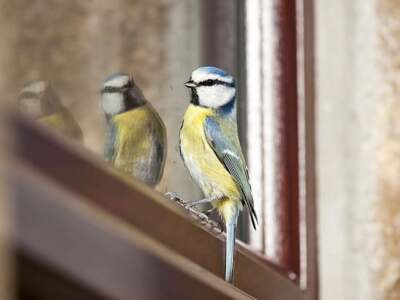


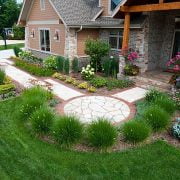

Comments